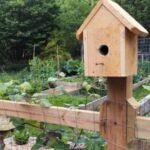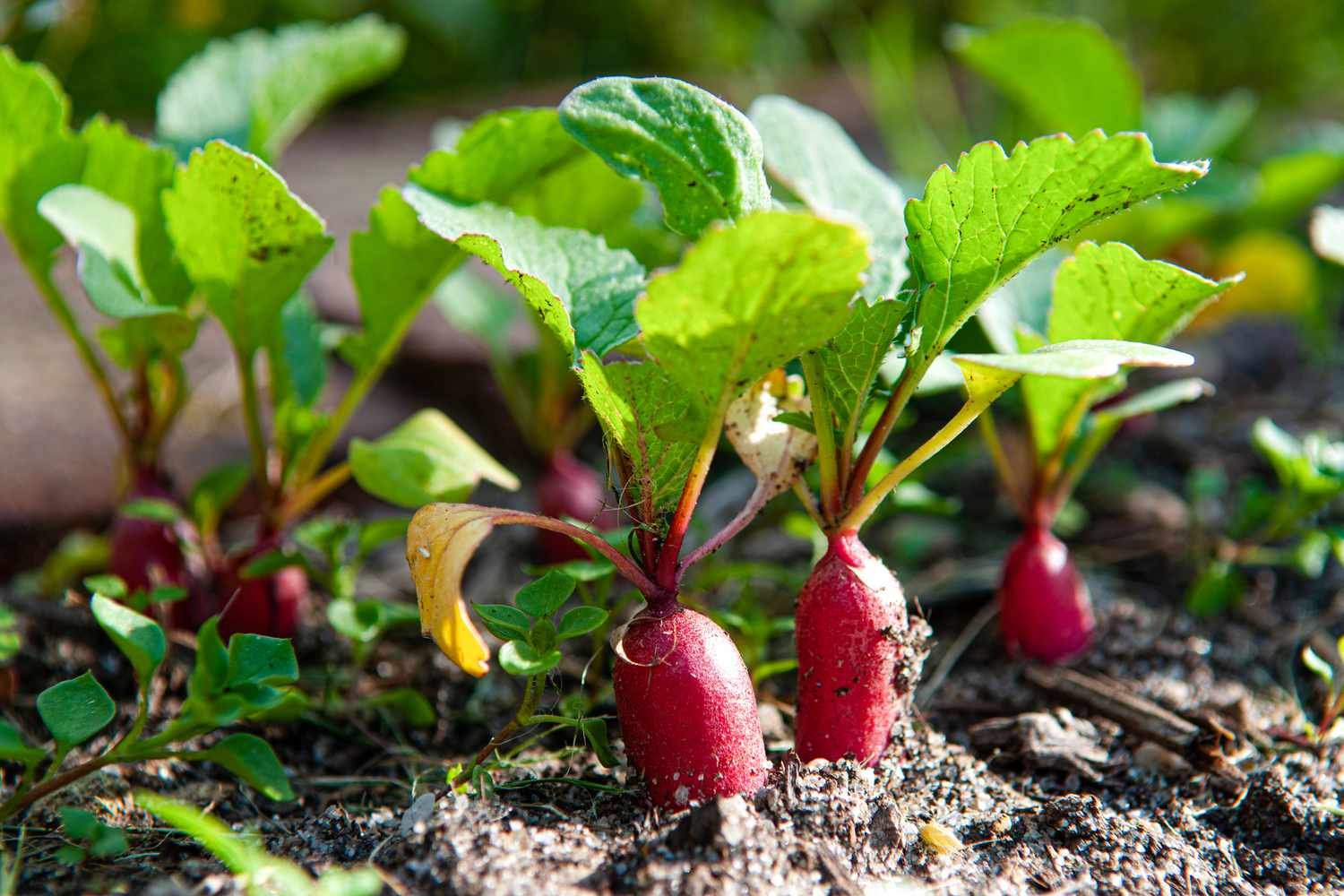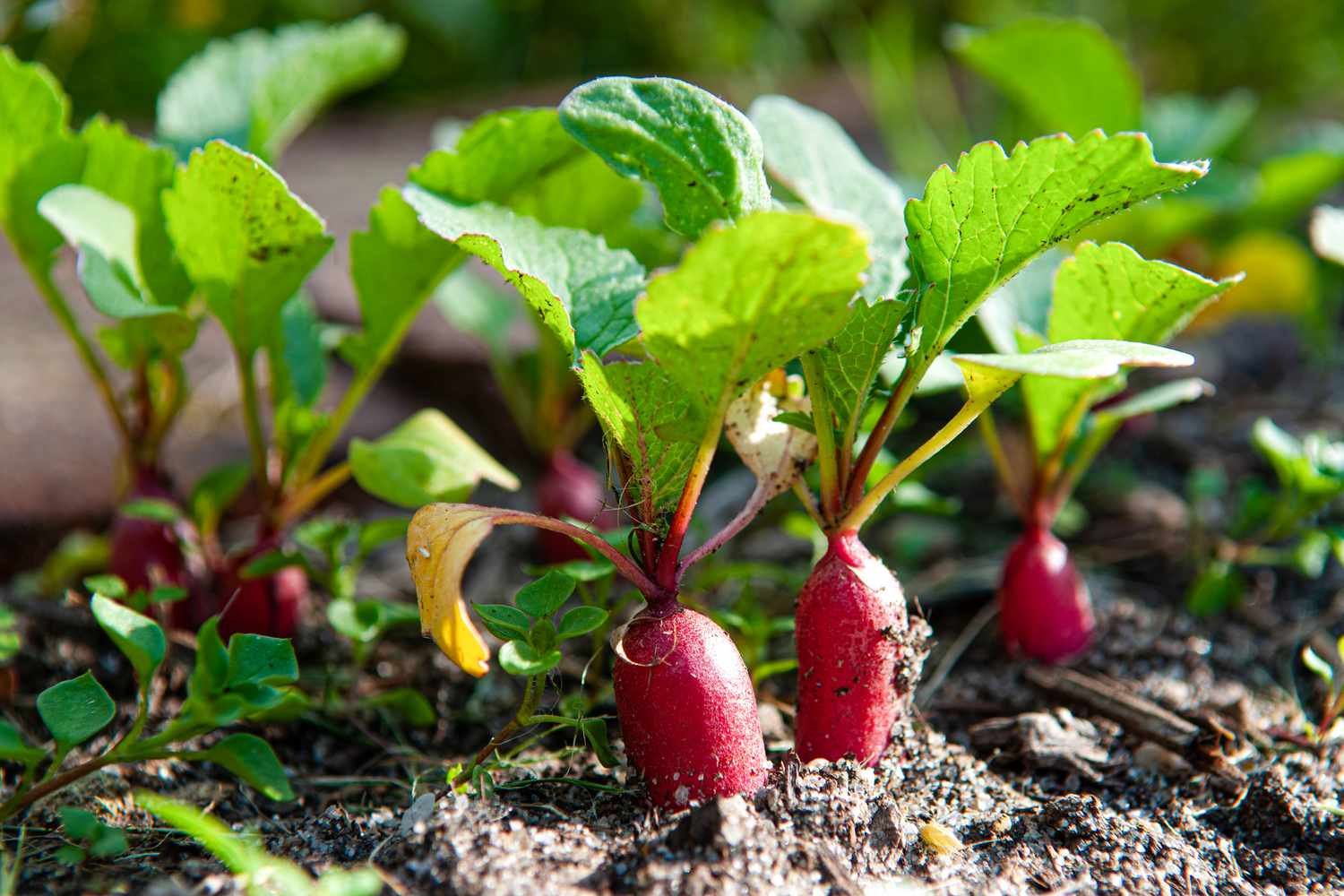Cottage gardens evoke a sense of nostalgia and romance, with their lush borders overflowing with colorful flowers, winding pathways, and rustic charm. These quintessentially English gardens are a celebration of nature’s abundance, designed to delight the senses and create a peaceful retreat right at home. In this article, we’ll explore the timeless appeal of cottage garden design, from planning and planting to maintaining your own slice of paradise.
Embracing Cottage Garden Style
Cottage garden design is all about embracing a relaxed and informal style that reflects the beauty of the countryside. Unlike formal gardens with neatly clipped hedges and symmetrical layouts, cottage gardens are a riot of color and texture, with plants allowed to grow freely and mingle with one another in a harmonious tapestry. Think of a cottage garden as a living work of art, where every flower, shrub, and tree has its place in the ever-changing canvas of nature.

Planning Your Cottage Garden
Before you start digging, take some time to plan your cottage garden layout. Consider factors such as sunlight, soil type, and available space to determine the best location for your garden. Cottage gardens thrive in sunny spots with well-draining soil, but they can also adapt to partial shade or dappled sunlight. Sketch out a rough design of your garden, including pathways, borders, and focal points, to help guide your planting decisions.
Choosing Cottage Garden Plants
One of the joys of cottage gardening is the sheer variety of plants you can choose from. From old-fashioned favorites like roses, lavender, and delphiniums to cottage garden classics like foxgloves, hollyhocks, and peonies, the options are endless. When selecting plants for your cottage garden, aim for a mix of annuals, perennials, and biennials to ensure year-round color and interest. Don’t be afraid to mix different heights, colors, and textures to create a rich tapestry of blooms that will delight the eye and attract pollinators.
Creating Cottage Garden Borders
Borders are the backbone of any cottage garden, providing structure and definition to the landscape. When designing your borders, aim for a relaxed and informal feel, with plants allowed to spill over onto pathways and neighboring beds. Start by planting taller specimens at the back of the border, gradually tapering down to shorter plants at the front. Mix in a variety of flowers, shrubs, and ornamental grasses to create depth and dimension, and consider incorporating climbing plants like clematis or sweet peas to add vertical interest.
Maintaining Your Cottage Garden
While cottage gardens may have a wild and untamed appearance, they still require regular maintenance to keep them looking their best. Here are some tips for caring for your cottage garden:
Watering
Water your cottage garden regularly, especially during dry spells, to ensure that your plants stay healthy and hydrated.
Mulching
Apply a layer of organic mulch, such as shredded bark or compost, to help retain moisture, suppress weeds, and improve soil fertility.
Deadheading
Remove spent flowers regularly to encourage continuous blooming and prevent self-seeding.
Pruning
Prune back overgrown or leggy plants as needed to maintain a tidy appearance and promote healthy growth.
Dividing
Divide overcrowded perennials every few years to rejuvenate the plants and prevent them from becoming too dense.
Enjoying Your Cottage Garden
With its timeless beauty and romantic charm, a cottage garden is a place to relax, unwind, and reconnect with nature. Take the time to stroll through your garden, inhaling the scent of blooming flowers, listening to the buzz of bees, and savoring the simple pleasures of life. Whether you’re enjoying a cup of tea on a sunny afternoon or hosting a garden party with friends and family, your cottage garden is sure to be a source of joy and inspiration for years to come. So roll up your sleeves, dig in the dirt, and start creating your own slice of paradise with a charming cottage garden of your own.











